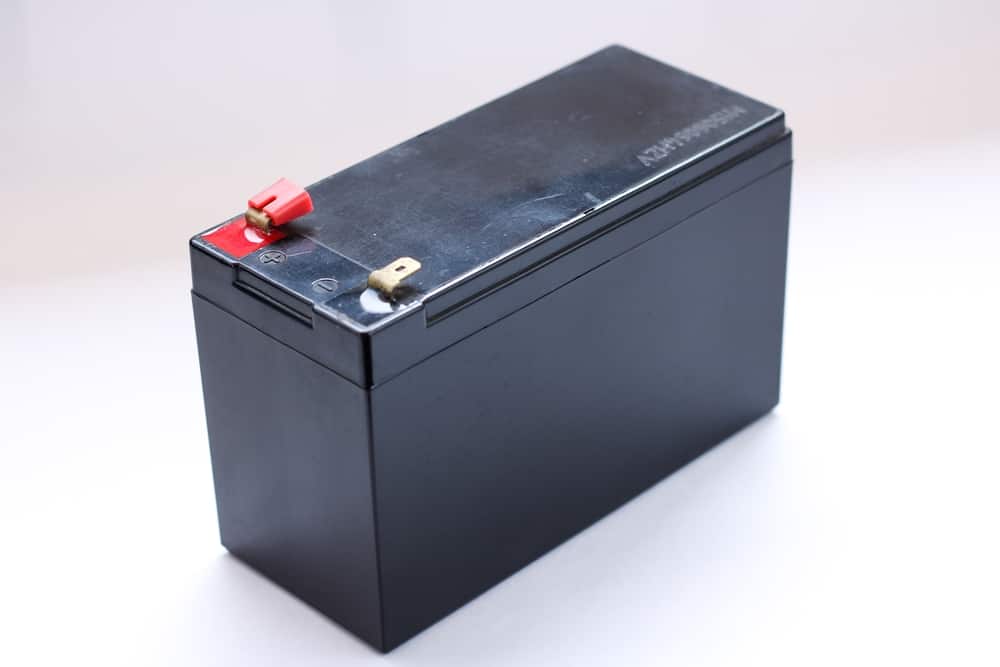Charging a lead-acid battery involves replenishing the chemical energy within the battery by applying an external electrical current. Lead-acid batteries are commonly used in various applications such as automobiles, uninterruptible power supplies (UPS), and renewable energy systems.
- Safety Precautions: Before starting the charging process, ensure that you are working in a well-ventilated area and follow all safety guidelines provided by the battery manufacturer. Lead-acid batteries contain sulfuric acid, which is corrosive and can produce flammable hydrogen gas during charging.
- Choosing the Charger: Select a suitable charger for the lead-acid battery. The charger should be compatible with the voltage and capacity of the battery. It’s essential to use a charger specifically designed for lead-acid batteries to prevent overcharging or damaging the battery.
- Connection: Connect the charger to the battery terminals. Ensure that the positive (+) terminal of the charger is connected to the positive terminal of the battery, and the negative (-) terminal of the charger is connected to the negative terminal of the battery. This prevents reverse polarity, which can damage the battery.
- Charging Process: Turn on the charger and set it to the appropriate charging mode. Lead-acid batteries typically require a multi-stage charging process to optimize performance and battery life. The stages commonly involved are:
- Bulk Charging: In this stage, the charger delivers a high current to the battery until it reaches a certain voltage level, usually around 80% to 90% of its capacity.
- Absorption Charging: Once the battery voltage reaches a predefined level, the charger switches to absorption mode. In this stage, the charger maintains a constant voltage while gradually reducing the charging current. This allows the battery to absorb more energy and reach full capacity.
- Float Charging: After the battery is fully charged, the charger switches to float mode. In this stage, the charger applies a lower voltage to the battery to maintain its full charge without overcharging. Float charging is used to keep the battery ready for use without causing any damage due to overcharging.
- Monitoring: During the charging process, periodically monitor the battery and charger for any signs of overheating, excessive gassing, or other abnormalities. If any issues arise, stop the charging process immediately and address the problem before continuing.
- Completion: Once the battery is fully charged, disconnect the charger from the battery terminals. It’s important to follow proper procedures for disconnecting to prevent sparks and ensure safety.
By following these steps and using a suitable charger, you can effectively charge lead-acid batteries and prolong their lifespan while maintaining their performance.


